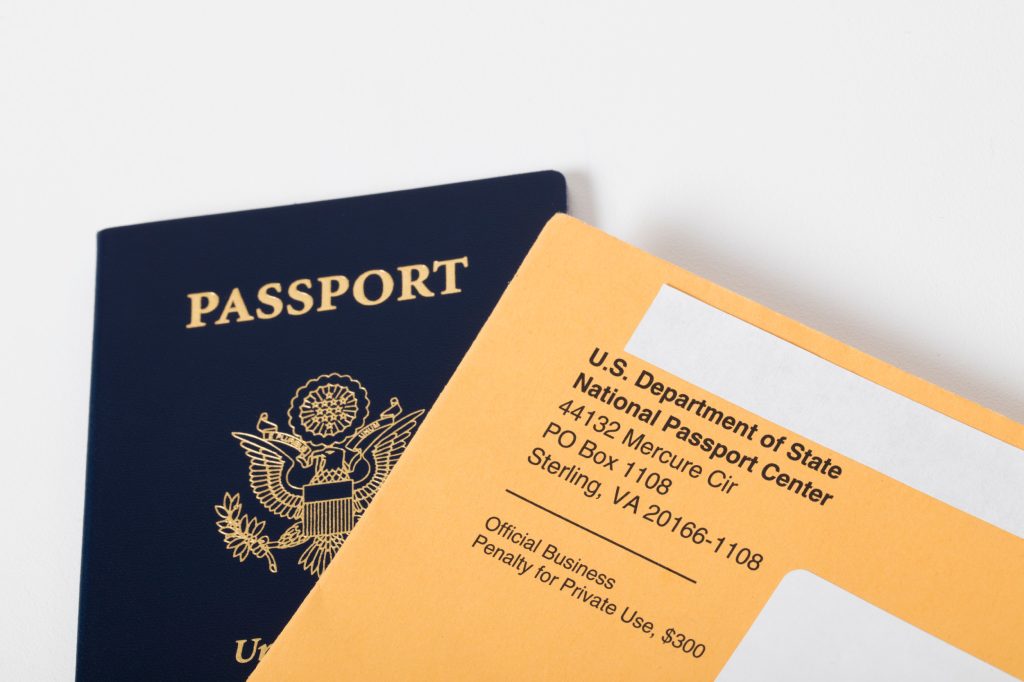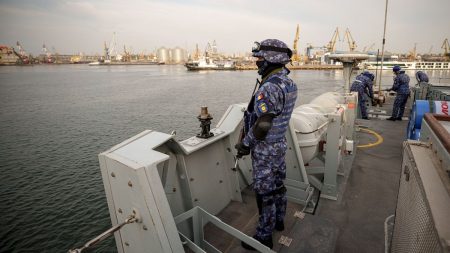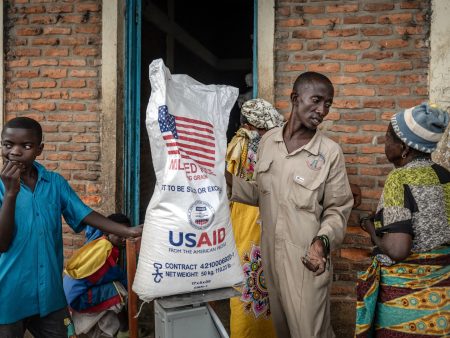The 2025 Global Risk Map paints a concerning picture of escalating risks for travelers worldwide, highlighting cities and countries grappling with a confluence of threats ranging from armed conflict and political turmoil to violent crime and climate-related hazards. This annual assessment, compiled by risk intelligence firms Safeture and Riskline, identifies key hotspots where safety and security are severely compromised, urging travelers to exercise extreme caution or altogether avoid these locations. The map serves as a stark reminder of the volatile geopolitical landscape and the evolving nature of threats facing individuals venturing abroad.
Several cities emerge as particularly perilous, representing epicenters of conflict and instability. Bangui in the Central African Republic, Beirut in Lebanon, and Gaza City in the Gaza Strip are among the most dangerous, plagued by ongoing armed conflict, social unrest, and severely limited access to essential services. The enduring civil war in the Central African Republic continues to devastate the region, while Gaza remains embroiled in a deadly conflict with Israel, resulting in a catastrophic humanitarian crisis and rendering the area incredibly unsafe. Beirut, despite a recent ceasefire agreement between Israel and Hezbollah, remains vulnerable to the volatile regional dynamics and ongoing political and economic instability. These cities underscore the extreme dangers faced by both residents and those considering travel to these conflict zones.
Beyond these specific urban centers, several countries are designated as “very high risk,” effectively rendering travel almost impossible due to the pervasive dangers. Afghanistan, Haiti, Libya, North Korea, Sudan, and Yemen are among these nations, each grappling with protracted armed conflicts, severe travel restrictions, and the absence of reliable emergency services. These designations represent the highest level of risk, indicating extreme danger for anyone venturing into these territories. The combination of armed conflict, political instability, and widespread insecurity creates a volatile environment where even basic safety cannot be guaranteed.
The 2025 Risk Map also reveals a concerning trend of deteriorating safety conditions in a significant number of countries. A total of 77 countries experienced a decline in safety and security over the past year, highlighting the widespread impact of geopolitical instability and emerging threats. Among those experiencing heightened risk are Israel, Lebanon, and Iran, reflecting the volatile political and social climates in these nations. The escalation of tensions and the potential for further conflict underscore the precarious nature of the security situation in these regions. Conversely, a few countries, including Armenia, Morocco, and Cuba, have witnessed improvements in their safety profiles, moving into the “moderate risk” category. These shifts in risk levels underscore the dynamic nature of global security and the importance of constant monitoring and assessment.
Surprisingly, even traditionally stable regions like Europe have experienced a rise in risk levels in certain areas. Countries such as the United Kingdom, France, and Spain are now classified as “moderate risk,” reflecting a growing trend of social unrest and the potential for violent demonstrations. These developments challenge the long-held perception of Europe as a uniformly safe and stable region and highlight the evolving security landscape even within developed nations. In contrast, countries like Germany, Switzerland, and Luxembourg maintain their status among the safest destinations in Europe, demonstrating the uneven distribution of risk across the continent.
The Risk Map 2025 employs a comprehensive methodology to assess risk levels, taking into account a wide range of factors. Entry and exit restrictions, transport safety, health risks, economic stability, and vulnerability to natural disasters are all considered in the evaluation process. This multi-faceted approach ensures a thorough assessment of the various threats facing travelers in different regions. The risk intelligence firms responsible for compiling the data emphasize the importance of consulting their detailed database for destination-specific guidance, especially for countries designated as “high risk” or “very high risk.” This granular information allows travelers to make informed decisions based on the specific challenges and potential dangers present in their chosen destinations. Ultimately, the 2025 Global Risk Map serves as a crucial resource for travelers navigating an increasingly complex and volatile world.










